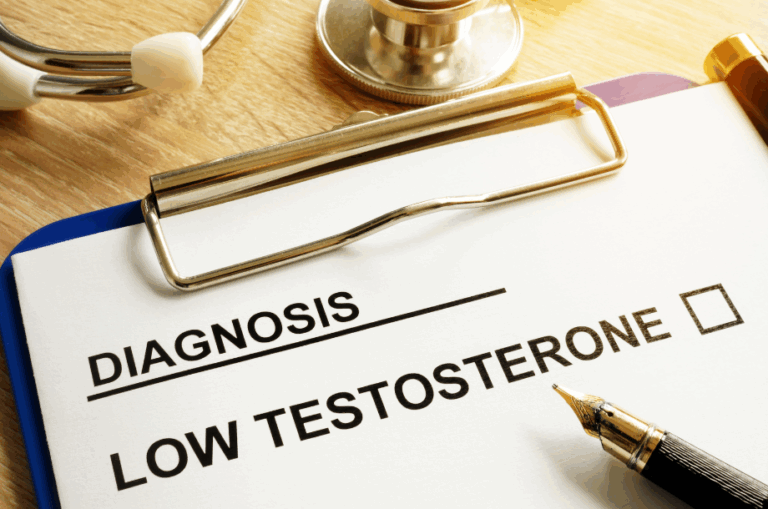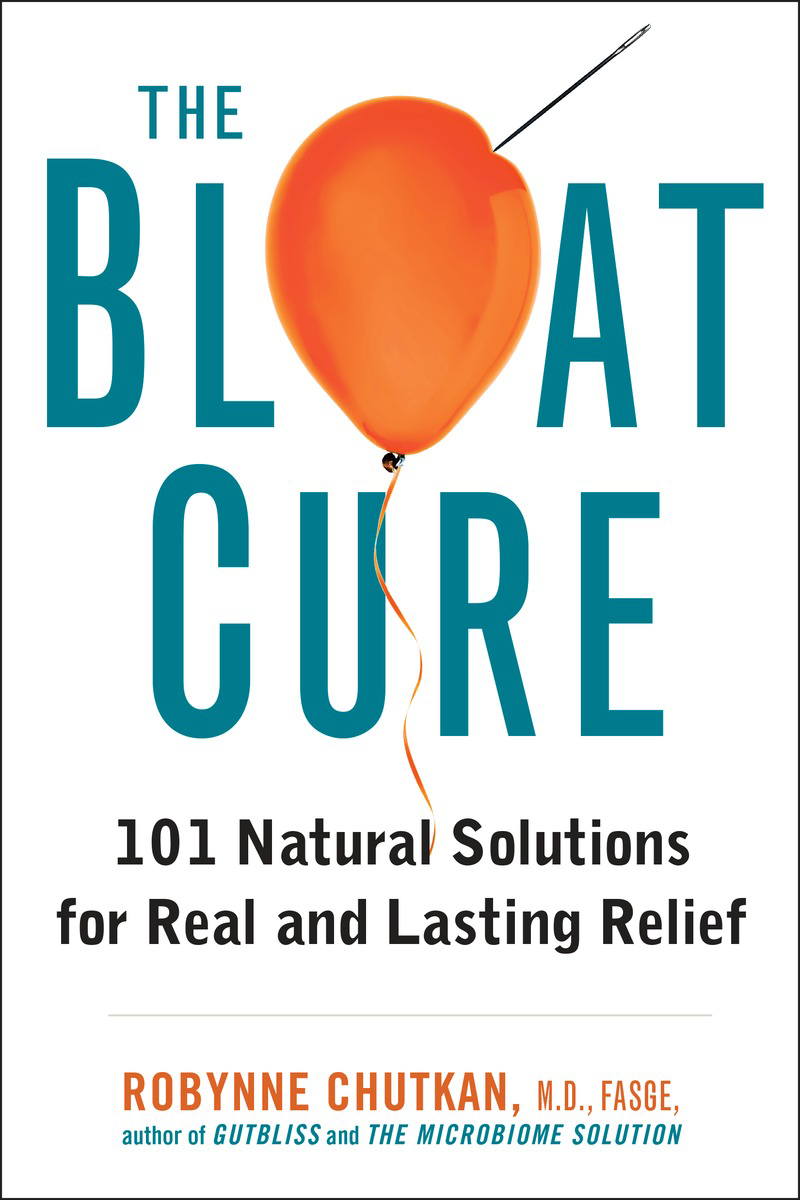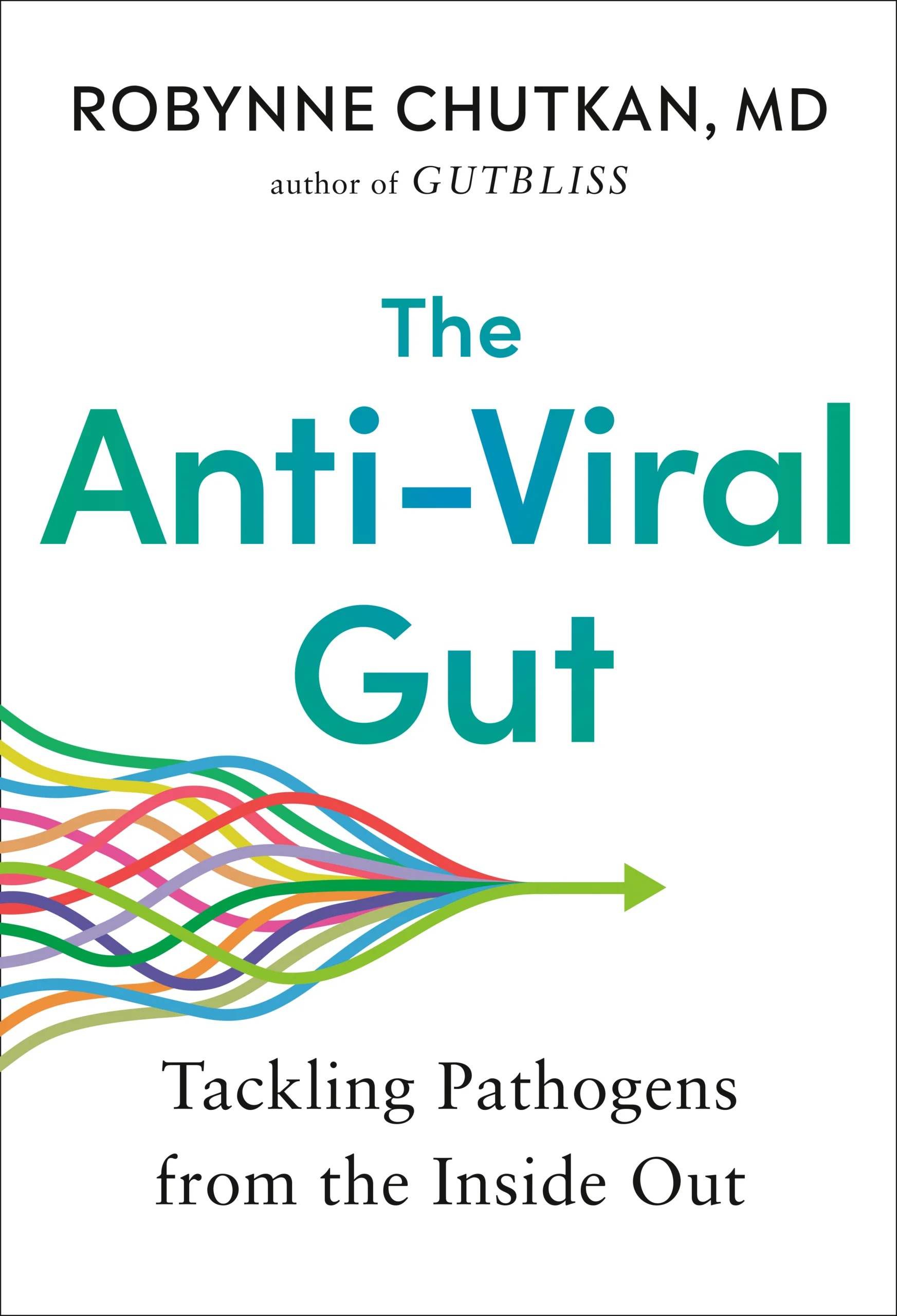New research helps us better understand the causes and trends in the obesity epidemic – and what you can do within your own family to help manage weight. Approximately 42% of the adult population in the U.S. is obese, and obesity triples the risk of being hospitalized for COVID, so understanding the risk factors and treatments for obesity are important. Here are some of the latest studies on important, actionable themes in preventing and treating obesity.
Probiotics may help manage childhood obesity.
Over 340 million children are obese worldwide, and almost 20% (or one fifth!) of children in the United States are obese. Obesity in early life puts children at an increased risk for obesity in adulthood, as well as a whole host of diseases later in life.
A recent study found that the probiotic strain Bifidobacterium breve (a beneficial gut bacteria strain that produces short chain fatty acids and has been linked to promoting gut health and regulating hunger and weight), when supplemented alongside a calorically appropriate diet in obese children, promoted weight loss. Study subjects included 100 children with obesity and insulin resistance, aged 6 to 18.
All subjects were put on a Mediterranean diet with number of daily calories tailored to each subjects’ caloric needs. Half of the group received the probiotic supplement, while the other half received a placebo.
Over the 8-week study, while both groups showed significant decreases in BMI, body weight, blood pressure, insulin resistance, and E. coli bacteria in the gut, those taking the probiotic experienced significantly greater improvements in weight loss, insulin sensitivity, and E. coli reduction.
Researchers who conducted the study were surprised to find that the positive impacts of the probiotic persisted a few weeks after probiotic administration ended. This is not consistent with most probiotic studies, as most studies show that once the probiotic is no longer administered, the bacteria disappears in the gut. 22nd European Congress of Endocrinology
Takeaway: The prolonged results observed in the probiotic group could be due to the fact that this study incorporated a dietary intervention along with probiotic supplementation. So often, probiotic studies are conducted without dietary intervention. Remember, a probiotic is only as effective as the indigestible plant fiber you’re feeding it! This study is a good reminder that although probiotics can be helpful, they must be used alongside a diet rich in plant fiber in order for the probiotic bacteria to take root in the gut, and for you to see positive results such as weight loss and insulin regulation.
A diet rich in vegetables and fruits lowers obesity risk.
A study conducted in China included nearly 1500 Chinese adults (aged 40 to 65), and measured food consumption using a food frequency questionnaire assessing foods consumed in the last 4 weeks. Four dietary categories were created from the data collected:
- Vegetables-fruits (high consumption of vegetables, fruits, mushrooms, nuts, and beans)
- Rice-meat (high consumption of red meat, white rice, poultry, eggs, and beans)
- Seafood-eggs (high consumption of eggs, seafood, dairy, nuts, and fruits)
- Sweet-fast foods (high consumption of fast foods, alcoholic beverages, desserts)
Results found that those adults who consumed the most vegetables and fruits experienced a reduced risk for obesity, insulin resistance, and diabetes. Those who ate sweets and fast food most often experienced an increased risk for the above-mentioned conditions. There was no association between increased disease risk and the rice-meat/seafood-eggs groups.
The study results also interestingly found that the effect of food patterns on obesity and diabetes risk may be higher in men than in women. Researchers hypothesize that this difference could be due to the anatomical and physiological differences in males and females. Nutrition & Diabetes
Takeaway: Surprised by these results? Probably not. While these findings may seem obvious, it’s a good reminder that the simple act of consuming more vegetables and fruits and less processed food leads to huge gains – a significant decrease in obesity and diabetes risk, among many other health benefits. Keep in mind that there’s no mention of calories here. Managing weight and staving off disease is all about what you’re eating, not how much you’re eating.
Endocrine-disrupting chemicals (EDCs) drive obesity, infertility, and diabetes, in latest findings.
Many of us have heard about EDCs but may not know exactly what they are. EDCs are chemicals present in the environment (namely food products, pesticides, cookware, clothing, furniture, packaging, plastics, cleaners, and self-care products) that disrupt our hormones. These chemicals can decrease/increase hormone production, imitate hormones, and interfere with our body’s hormone regulations in many other ways.
A review released by the Endocrine Society in 2015 highlighted the current research on EDCs and their associated health outcomes. Additional scientific studies conducted on EDCs and their health risks over the last five years have uncovered more alarming findings. The Endocrine Society updated their review, highlighting the additional research and recommendations associated with EDCs. In this most recent review, the following findings were presented:
- Per- and Polyfluoroalkyl Substances (PFAS – most commonly found in nonstick cookware and waterproof clothing) show a strong association with obesity, endometriosis, and PCOS.
- PFAS, bisphenols, and other pesticides may damage semen
- Flame retardants and pesticide chemicals are linked to lower IQ and attention deficit hyperactivity disorder
- Safety of replacement chemicals for EDCs are of concern. For example, bisphenol A, used as a replacement for BPA, may increase diabetes risk and lead to poor semen quality.
- PFAS are also linked to thyroid dysfunction and low bone mineral density
Takeaway: As evidence of EDCs’ harmful side effects grows, specifically their link to non-communicable diseases like autoimmune disease, infertility, and obesity, scientists are encouraging officials to take EDC exposure into consideration when drafting the 2030 Sustainable Development Goals. Figuring out ways to decrease exposure to EDCs should be a primary goal over the next decade.
What can you do to limit exposure to EDCs? Choose products that are made from natural materials, whether it’s self-care products, cookware, clothing, toys, mattresses, and so on, the more you choose natural materials free of EDCs, the less exposure you and your family will experience. If you want to learn more about EDCs and how to avoid them, click here.
FINAL TAKEAWAY: Based on these studies published in 2020, we can lower obesity risk and treat obesity within our community by 1). adopting a Mediterranean-like diet, rich in fruits and vegetables, and 2). lowering your EDC exposure. While taking a Bifidobacterium breve probiotic supplement may be a helpful strategy in the future, for now, we don’t have enough evidence to recommend this probiotic for weight loss. So, stay tuned! And remember, there is never a magic pill for losing weight, but incorporating these actionable steps – along with daily exercise, exposure to the outdoors, quality sleep, and stress reduction – can lead to meaningful changes in your waistline, disease risk, and overall health.








